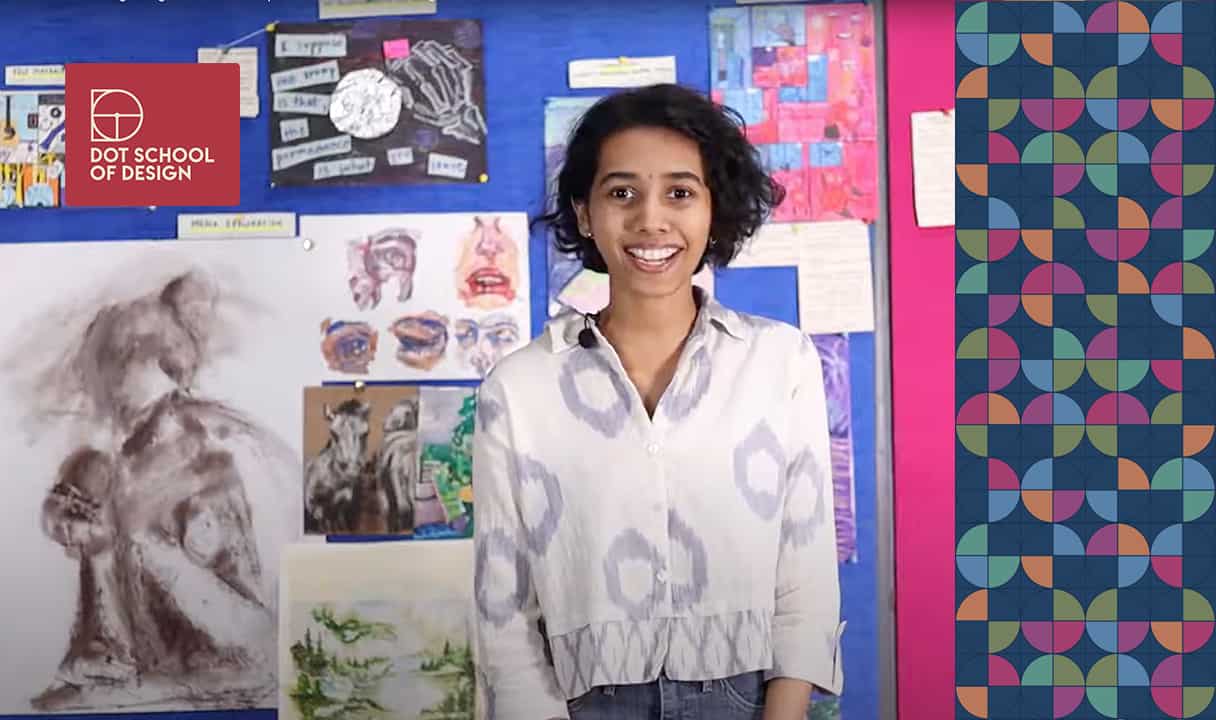
Design your future with DOT School of Design, one of India’s premier design colleges in Chennai, that offers courses designed to guide and educate students on the extensive aspects of designing.
DOT takes the lead amongst the design college by offering design courses in almost all design disciplines - Fashion Design, Interior Design, Industrial Design and Communication Design, portraying itself as a one-stop destination for any design course you would look for in a design college in Chennai.


We believe that to master the nuances of design, students require both theoretical and practical exposure. This is why we conduct specially designed programs, workshops, and site studies that will help students hone their talents with the required training and knowledge. We also bring industry professionals and achievers to motivate and inspire young minds.
Our cross-disciplinary learning-based model and our teaching methodologies and hands-on approach give our students a distinctive advantage to kickstart their illustrious careers even before completing their courses.
Yes. DOT School of Design is collaborated to Alagappa university, an NAAC accredited university with ‘A+’ grade.
To enroll in a course, students can fill and submit the application form that can be found here-
https://www.dotsod.in/registration-form/.
The link also has all the important information regarding the steps needed to complete the application process.
Students are assessed based on their performance in assignments, projects, presentations, and internships through the course of a semester. A panel of academicians and industry professionals closely monitor their progress and capabilities in the theoretical and practical curriculum.
Our campus is open to visitors, prospective students, and staff from Monday to Saturday from 10:00 AM to 05:00 PM.
